Description
Publication date: 2024
Editorial : The European Dream
Karim Basbous
Read moreThrough sheer force of invasion… This is how the narrative of the multiple hybridisations that gave rise to Europe might begin. It is reflected in our streets and squares, our housing and our monuments, all narrating one identifiable mode of inhabiting the world, despite all the differences between nations. From Paris to Budapest via Barcelona, Berlin, and Rome, there emerges the uncertain face of a civilisation built on reason, science, and techne. The “we” conquered in the domains of empire and war is still seeking its own essence. It cannot be defined by treaties and the free circulation of goods, services and individuals: this lacks cultural ambition, the wherewithal to deploy notions of alterity, sharing, the State, nature, power and institutions—in short, a set of concepts in dialogue with a built environment that represents and resists them by turns.
Is there a common denominator between Europe’s major cities, and if so, what does it mean and how to pin down the similarities? What relationship to the past, to modernity and universality, is fostered by the art world? How can architectural and urban planning maintain cosmopolitanism without yielding to bland globalisation? How can it defend the uniqueness of a given site without opening the door to inward-looking identitarianism? Furthermore, can architecture and what takes place within it help define the borders of the Old World, somewhere between the Atlantic and Asia? What is the weight of geography in representing societies in an age of virtual exchanges?
What once divided Europe is now struggling to become what unites it today, tragedies excepted. Myths remain faithful to nations. Yet there is undeniably a European miracle that can stand proud alongside the American dream: a way of sharing, celebrating, governing, opposing, and tolerating that characterises us, perceptible in the way we house ourselves, take up public space, spread ourselves out, entertain ourselves, and display emotion. In this part of the world, urban density, the place of trees, café terraces, landscapes, and countryside all bear witness to a plural history, and to the debt we owe it. It grants us the means to overcome tomorrow’s political, societal, and ecological threats. That is the message of this issue of Le Visiteur: not just commenting on the past, but conceiving Europe from the angle of the built environment. The aim is therefore to define the place of architecture in a societal project that is equally to be defined. Two issues at stake; two difficulties. Given the power of autocracies worldwide, what of the bold project—unfinished by definition—to cement the union of the city and democracy? What has become of it over the course of transformations of the urban space and political space since Antiquity? Dominique Schnapper puts the antique notion of the polis to the test of everything that has transformed its meaning ever since, urging us to imagine a European public space able to lend palpable form to the transnational project.
Photographers say taking a step back gives a better view of the subject. The same is true here: to see Europe, we need to take a step back and set the Old World up against that which is Other. This is central to the second article, in which the founding principles of the American order shed new light on the European tradition, setting the two forms of modernity on either side of the Atlantic apart. Patricia Ciriani compares Lima and Paris to explore our relationship with the State, arguing that the Peruvian capital is the manifestation of an order without an ordering institution—a spontaneous organisation that takes on a form outside Europe’s aesthetic and political categories, emblematically embodied by Paris. What if the counter-example of Lima were a life-sized testing ground for urban planning in the twenty-first century? Or a joyous, vernacular alternative to gloom-inducing smart cities and the panoptical order? In equally critical vein, Denis Bocquet dismantles the myth of Berlin that has made its mark since the 1980s, recounting the great leap backward (to borrow Serge Halili’s expression) by which Berlin has progressively abandoned every facet of its political modernity. This assessment lads to another, on the scale of the continent as a whole: the end of the 1970s saw universal modernity and the international style give way to a foregrounding of local identities and traditional urban forms. Guillemette Morel Journel recounts the various reincarnations of the ideal of the European city born in the Brussels Declaration and ending in the pastiche of old-style towns and neighbourhoods. Such disillusions should not discredit the hope of defining the European city or what it must become to be exemplary. For Florian Hertweck, responding to the urgent imperative of sustainable development (if that is not itself a paradox) is a challenge that lends the European dream corporeal form.
It is possible to discuss European soil and what is unique to a territory and its history without feeding into nationalism and historicism. The solitary architect Paolo Zermani does so in sketching projects naturally planned as the expression of a memory yet without conceding to figures of the past. His oeuvre restores time buried by fashions in generous, mysterious, imposing buildings humbly leaning into old footprints.
A passion for places also drives Yvonne Farrell and Shelley McNamara, who set out to define public buildings in the European tradition with their own unique constructive identity: their plans and sections embody an idea of the polis and of democracy akin to discourses and laws. Jean-Louis Cohen’s text—sadly his last—pays homage to the society of urban centres that made Europe what it is: in a dazzling parallel with the arts, he brings out the life of urban forms that make light of time, scales, and identities.
We are always eager to feature texts in translation, particularly ones that tackle grand questions. This year, we have chosen to present a scholarly article by Sergio Bettini. Taking Palladio as his starting point, he adopted a highly unusual viewpoint in exploring the meaning of European urban structures. The issue closes with the critical gaze brought to bear by Guillaume Hergat and Raphaël Lévêque on a selection of projects by the agency CITA, which sees social housing as a testing ground for new ideas. Our hope is that this text rouses our readers’ interest for typological knowledge, a taste for an analysis, and, for architects, the joy of doing so much so well with so little.
Translated from the French by Susan Pickford
Cities and Democracy: From National to European?
Dominique Schnapper
Read moreCities are the site of democracy’s creation, conceptualization, and tensions. They reveal its meaning and its limitations. The abstract concept of the public sphere is embodied in the concrete space of a city. Modernity undermines the historic link between the permanence of stone and the ever-changing generations of citizens who debate and decide communal business. Cities notably reveal the meaning and limitis of the “European dream”. In Europe, democracy has taken concrete forms that differ according to national traditions, and major cities have inherited these that impart concrete reality to the abstract principle of democracy. How can we build a political Europe, in the noblest sense of the world, if the institutions and mindsets that implement it remain national ? “United in Diversity” is an idle motto designed to avoid raising the issue : what level and forms of diversity are compatible with a shared political entity ? Given the weight of the past etched into their architectural space, cities reveal the challenge facing Europeans who wish to institute a realm of peace and mutual respect. Especially since Europeans cannot overlook internal challenges to the democratic order posed by extremist parties and by the vigor of external enemies seeking to bring it down. Political will cannot be decreed.
Homer’s Revenge
Karim Basbous
Read moreGo west! I start with the old saw of fresh starts and the death of the setting sun to explore the European building tradition and the challenges it has encountered across the Atlantic. In the space of three centuries, the settlers who built America shook off the principles inherited from ancient Greece and Rome, preserved by Christianity and monarchies. From New York to Los Angeles and the heart of the wilderness, an alternative ideal arose, promoting a brand new experience of space and time, brand new objects and a brand new gaze, where the Old World seemed trapped and moribund in its own decaying humus. The West expanded and split again: the west opened up a horizon of prosperity rooted in pragmatism, while the profile of Europe grew around a certain idea of art that remains to be identified. I will measure the political and aesthetic concepts that emerged progressively in the northern Mediterranean region against those that arose in North America, based on one of the most powerful means of representation and conquest available to any civilisation – architecture – and on the geography that inspired builders, shaped the formation of models, and structured the imaginary and collective subconscious, with a view to gauging the European spirit against American vitality in a century that needs both to overcome its fears.
Lima versus Paris: bottom-up and top-down
Patricia Ciriani
Read moreFrom Haussmann to the new developments on the outer boulevards, Paris, once a model city, is becoming a dead city, suffocated by the franchises of commerce and architecture. The erotic subconscious hardly touches its passages any more than a situationist dérive would shake up its picturesque postcard streets.
The more urban space is commodified and sold to the highest bidder, the less it’s possible to live in it, let alone dream about it. The planned city centers of Paris, Barcelona and Berlin have become the reserve of the privileged few, while their suburbs struggle to find unity. In Lima, residents have stopped waiting for the ever-postponed planning process to appropriate a plot of land and paint it in the vivid colors of the Andes or the Amazon. The collective management at work in the continuous creation of new neighborhoods extends into the infinity of the desert and up to the mountain tops that shape the 2,672 km2 of the Peruvian capital. Without articulating this to themselves, local inhabitants use the street for domestic purposes, without hindering traffic on nearby avenues. In the absence of governmental organization, society takes over, spontaneously creating meaningful environments on any street corner. Relatively speaking, a comparison between these dynamics of Lima and certain outlying districts of Paris or Barcelona reveals unsuspected similarities, paving the way for the recognition of those so-called “difficult” neighborhoods. It would seem, then, that the future will be kinder to cities with no fixed identity, no limits, as suggested long ago by Anaximander’s concept of the apeiron. Instead of harping on the negative refrain of urban sprawl, dependent on centrality, Lima’s multipolar experience questions the European urban dialectic and opens up an alternative based on the constant negotiation of shared space. Could this be the true meaning of urbanity?
Urbanism Suspended: the New Berlin
Denis Bocquet
Read moreAs far as urban studies and architectural critique were concerned, for many years Berlin constituted a kind of laboratory in which a spirit of innovation and experimentation, ambitious social housing policies, civic and professional awareness and a desire to promote a rich sphere of debate and even polemic at all levels of urban production were combined under the gaze of architects from all over the world. That era is over. Since the turn of the century, Berlin’s urban debates have become sterile and unresponsive, reflecting a milieu considerably impoverished by profound professional, political, social and aesthetic renunciations. Berlin cannot be part of the European dream again unless it restores its capacity to challenge this urban fabric system. It is only by working critically that this city will regain its characteristic avant-garde spirit. This article examines such questions, referring to major projects as well as ordinary buildings to show what has put an end to the city’s dynamics, with the aim of contributing to a collective reaction in order to Berlin back on the road to its own destiny.
From urban repair to the ‘Great Repair’
Florian Hertweck
Read moreThe European dream of diversity, openness, and inclusion systematically collides with the European nightmare of colonization, extraction, exclusion, and externalisation—a narrative that is far from over. From now on it will be necessary, when confronting the three great challenges of our era: climate change, scarcity of resources, and social inequalities; to challenge anew the doctrines and politics of the production of space. For example, certain decarbonization strategies often lead to activities linked to extraction and outsourcing; strategies promoting European resilience can have exclusionary effects as well. In Bruno Latour’s latest workhe questions the shape of a European ecological-transition project which currently swings between sustainable development and degrowth policies, between technofix—the belief that innovation and technological development will meet these challenges—and what we call the Great Repair. This last focuses less on technology than on sufficiency, longevity, solidarity, reappropriation, diversification, and preservation, all values rooted in Europe’s cultural history.
Europe versus the European City: Brussels, 1980
Guillemette Morel Journel
Read moreIn 1978, an assembly of young architects from Spain, France, the United Kingdom, Italy and Belgium met in Brussels to discuss “the reconstruction of the European city.” They felt that the identity of that city – of which they had a firm idea – was in danger after decades of destructives wars and above all collateral damage in the form of modernist re-building. The resulting “Declaration of Brussels” notably decried “the irresponsible policies of the EEC, whose destructive actions in constructing its own buildings seriously affect Luxembourg, Strasbourg and Brussels.” The doctrine “the European city” thus challenged the institution of Europe, a return to a local European spirit opposed the idea of a universal modernity. In this trench warfare, two names stood out: Maurice Culot from Brussels and Leon Krier from Luxembourg.
European Transurbanisms
Jean-Louis Cohen
Read moreEver since Anquity, European cities have constantly shared architectural forms in a ceaseless flow in which Rome, Venice, London and Berlin have mutually observed and influences one another. Urban plans and systems have been copied or transposed, often at the cost of changes in scale and density, and model buildings have been assimilated or interpreted thousands of miles from wherever they emerged. Cities have functioned, in alternation (and sometines simultaneously), as the fount and the receptable of these transurban migrations, in ways that range from straightforward translation to paraphrase via plagiarism and parody. Every city can thus be perceived as a montage of fragments borrowed from other towns, and sometimes from itself, in a self-referential process. The history of European cities, taken one by one, might thus be accompanied by a chronicle of what has played out between cities, weaving links that may be obvious or subtle, depending on the situation.
Architecture and identity
Paolo Zermani
Read moreIn the context of Europe, the Italian landscape constitutes an emblematic paradigm on account of its distinctive architectural features. This unicum, in which ancient fragments of truth coexist alongside extraordinary and vivid examples of contemporary civilization, aggregates the mutilated contexts produced by our times, onto which projects can no longer be canonically grafted. In this extraordinary, though impure and polluted, repository, the excellence of the new must arise from a method that does not propose gratuitous or abstractly creative solutions, but is founded in the conviction that true architecture, far from being improvised, is the fruit of a metamorphic process.
A welcoming city
Yvonne Farrell and Shelley McNamara
Read moreFor us, the European Dream prompts reflections on the ways in which contemporary and future cities can embrace individual and collective life. Architecture can be viewed as the discipline that designs and builds cities to be welcoming structures. The collective imagination of our profession can be harnessed to provide useful, safe and enjoyable places that enrich the existence of humans and all beings. When we were appointed as the directors of the 2018 Venice Architecture Biennale, we drew up a manifesto called Freespace that described, at the very heart of the architecture, a generosity of spirit and a sense of humanity that focus in particular on the quality of space, not on architecture as object. Each element in an architectural, infrastructural and construction project has the potential to develop its own ‘Freespace’, an invention – an additional element – that can become a kind of free ‘gift’ to all citizens. In our work, our deep curiosity is the driver for our research into the role that architecture plays in the complex nature of cities. An overarching question for us all is how we can harness the free gifts with which nature blesses us to create a sustainable and biodiversity-friendly world.
Palladio: an Urbanist?
Sergio Bettini
Read moreIs it legitimate to speak of Palladio as an urbanist? Not entirely, it would seem, seeing that he neither constructed a Palmanova, nor designed a Sforzinda (which he would probably have called Trissinia). All that can be attributed to his hand—and not without an element of doubt—is a single drawing, the one in the Vitruvius published by Daniele Barbaro in 1556, but even this says little. Another and a more serious consideration is that Palladio, an exemplary treatise writer down the centuries, left us no treatise on city planning, a rare occurrence among the great and not so great architects of his time. In the proem to his Quattro Libri, he pledged to publish one on “del modo di fortificare le città e de i porti,” however, even if he wrote it, it was never found. In any case, it would have been a book, not on urbanism in the strict sense of the word, but fortifications. This absence gives pause for reflection, particularly if it is remembered that, from the Quattrocento, throughout the entire Cinquecento, until later (from Filarete, to state the most obvious name, to Scamozzi, to give another), it was almost obligatory for an Italian architect to address city planning.
The Necessity of Collective Effort for Quality Housing: On a Few Buildings by CITA Architectes
Guillaume Hergat and Raphaël Lévêque
Read moreThe housing crisis never ends. Every period has its ills, its inadequacies, and its aspirations. There is nothing new about this—much of the production of housing is beyond architects’ control. When they do produce it, systemic constraints crush—rather than liberate—first designers and then residents. Architects are faced with players, economic forces, and regulations that largely overwhelm them. It is via project design—a skill specific to architects—that construction becomes architecture and, perhaps later, a haven of peace for residents. The work of CITA Architectes reminds us of the necessity of “building places that create bonds,” even when the architects work on subsidized low-cost housing or when the city is no longer present. We are reminded that the design of collective, affordable housing is based on shared efforts and shared effects between the interior of a home and communal spaces. Ensuring socially mixed residents is the job of housing agencies, whereas CITA focuses on spatially mixed dwellings available to all. Based on a few selected projects, in these days of sensible use of land and materials, it would seem that we need to live together in order to live better.

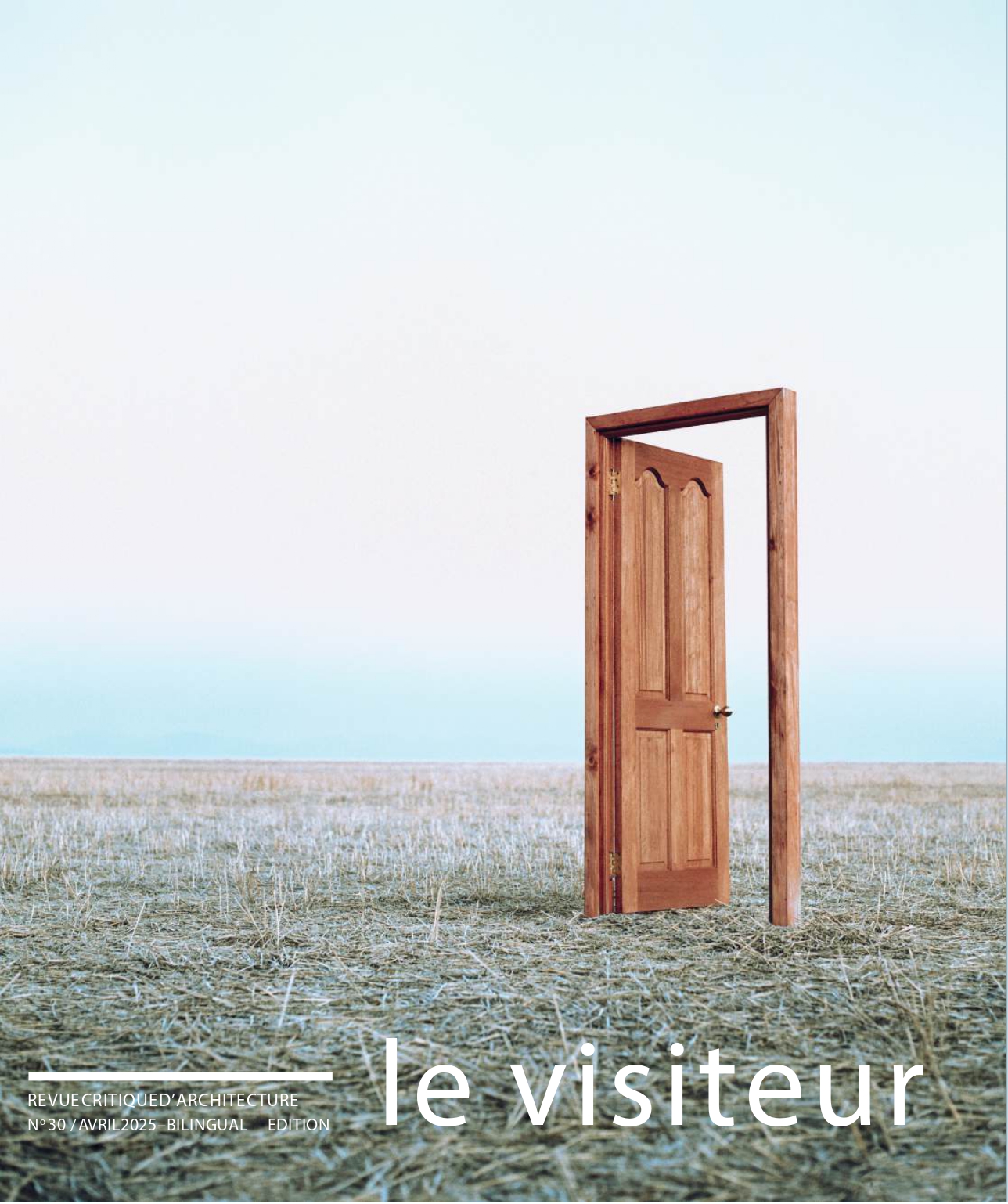
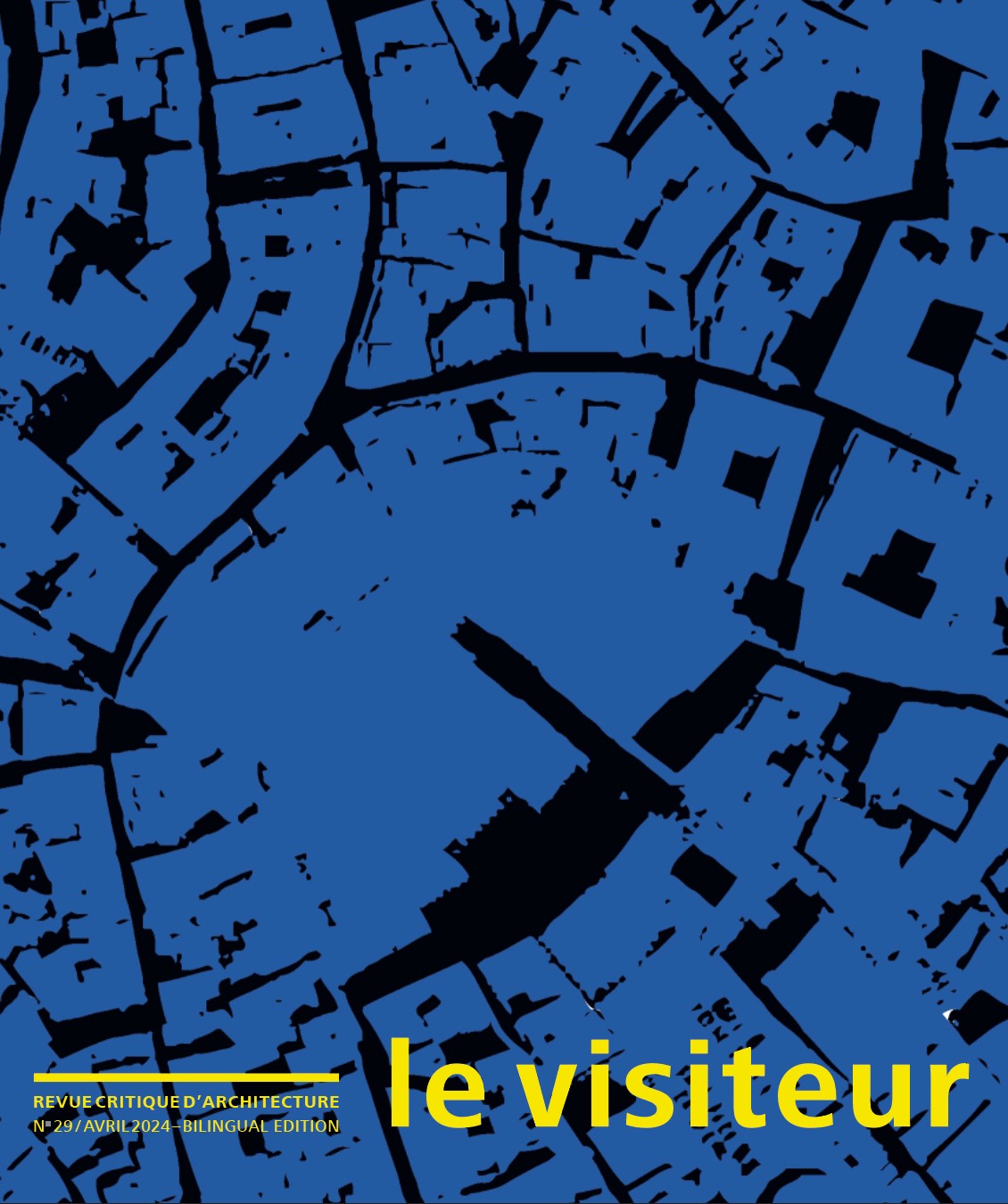
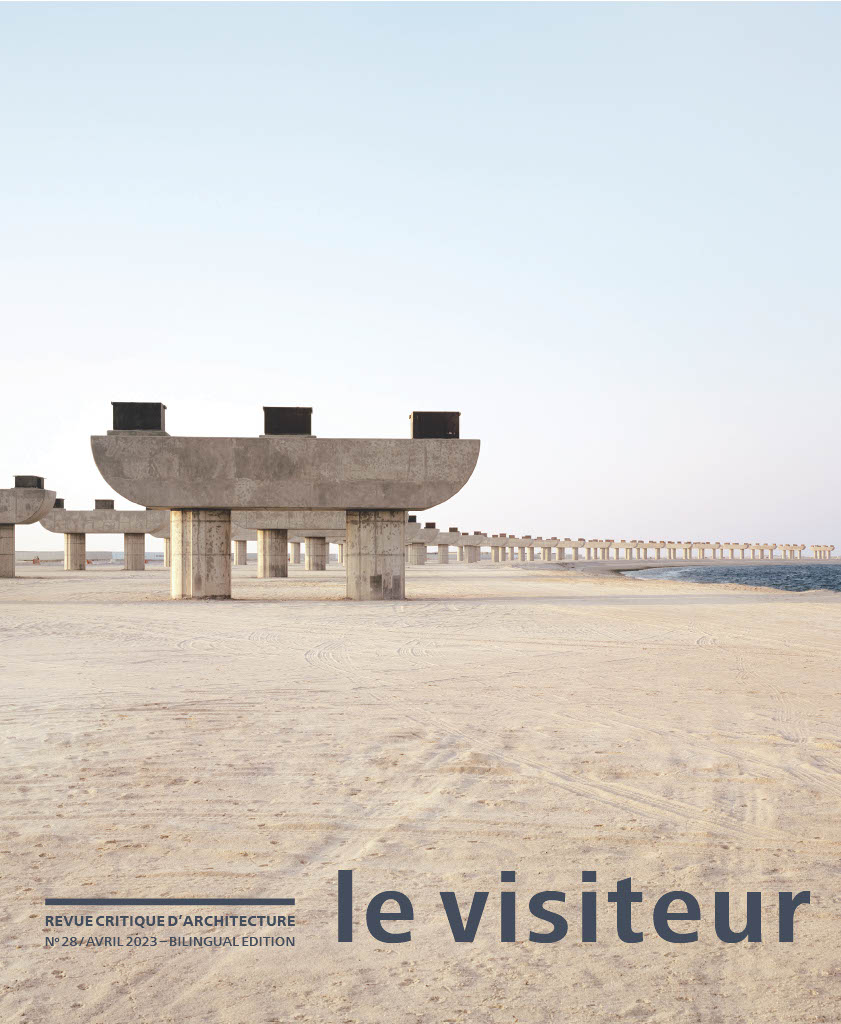
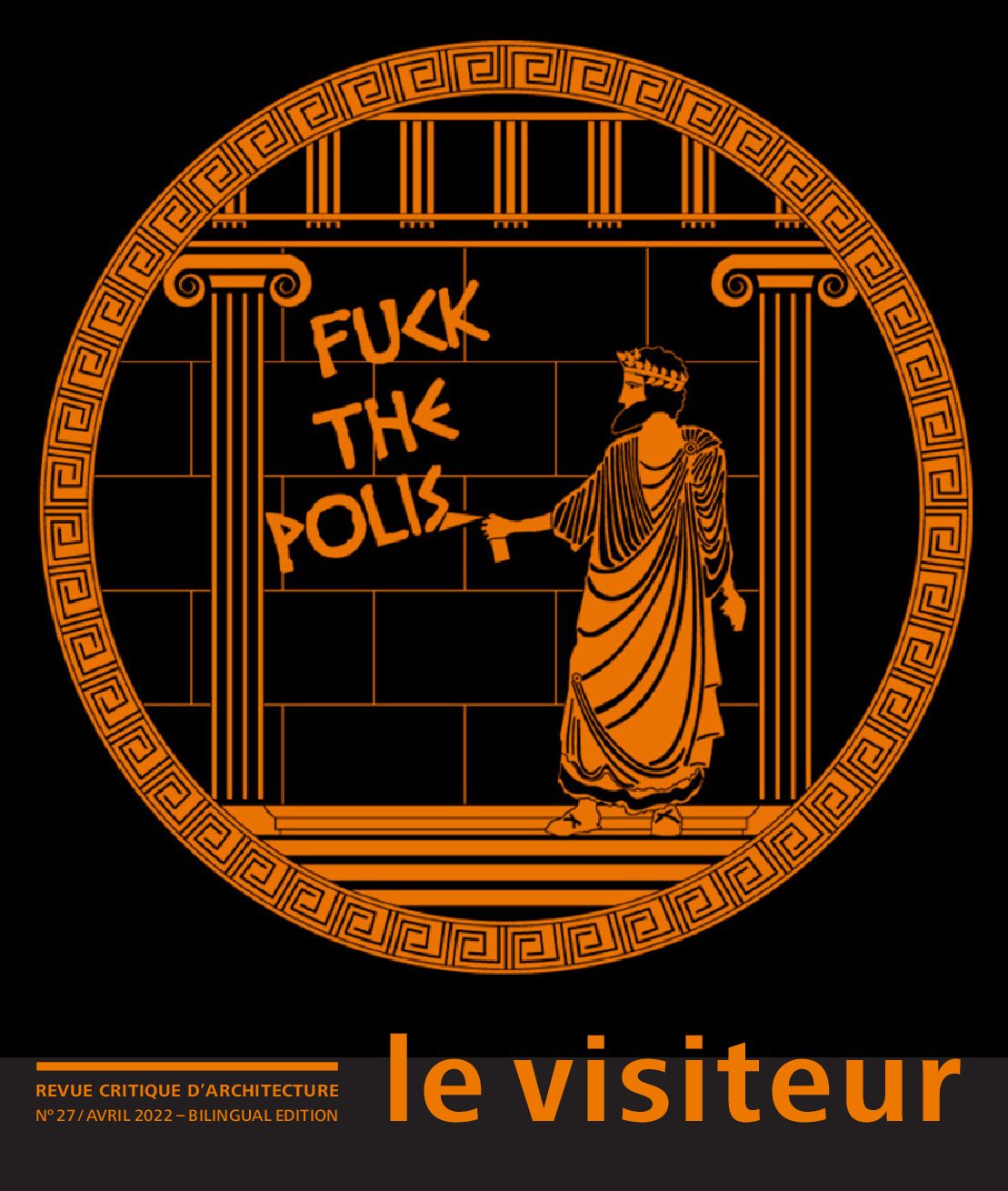
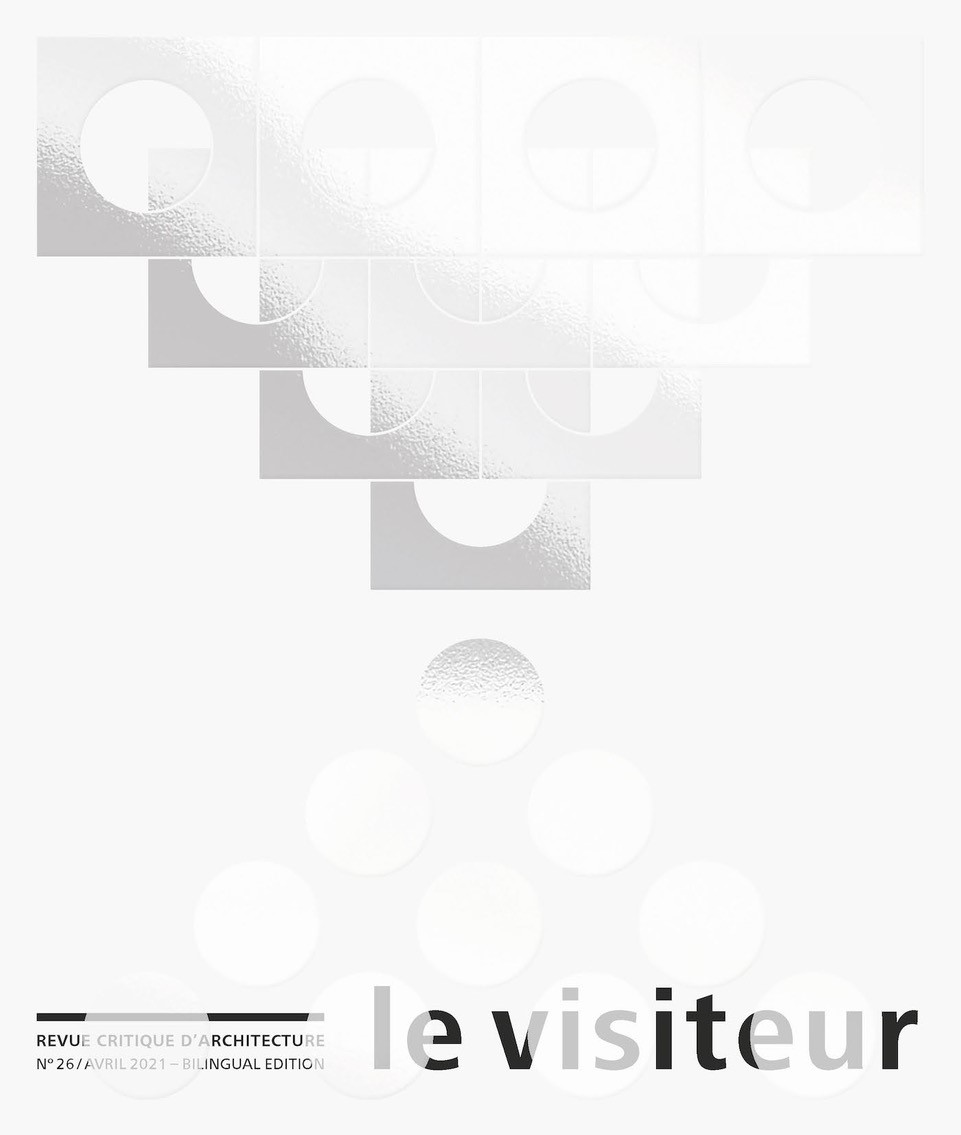
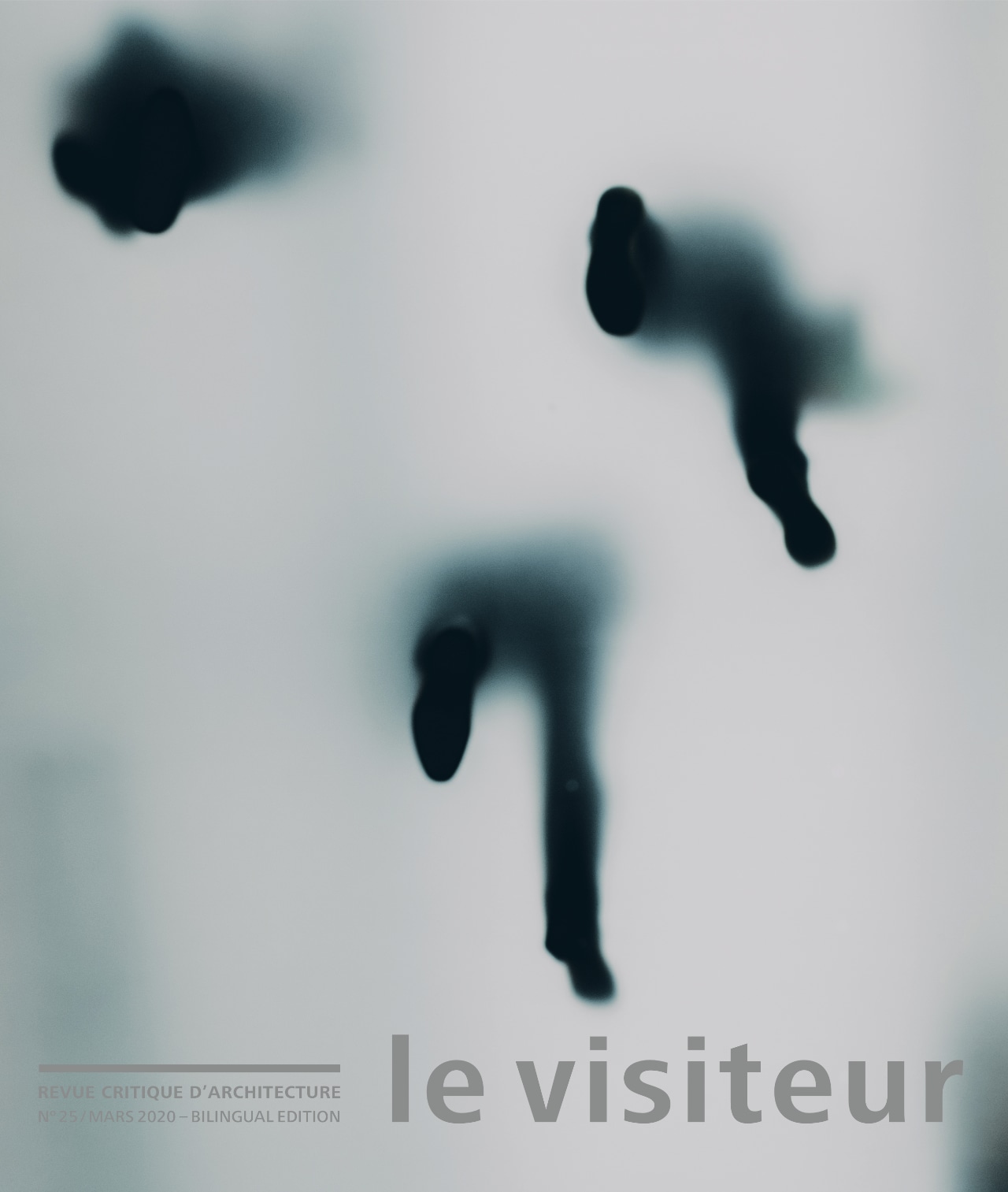
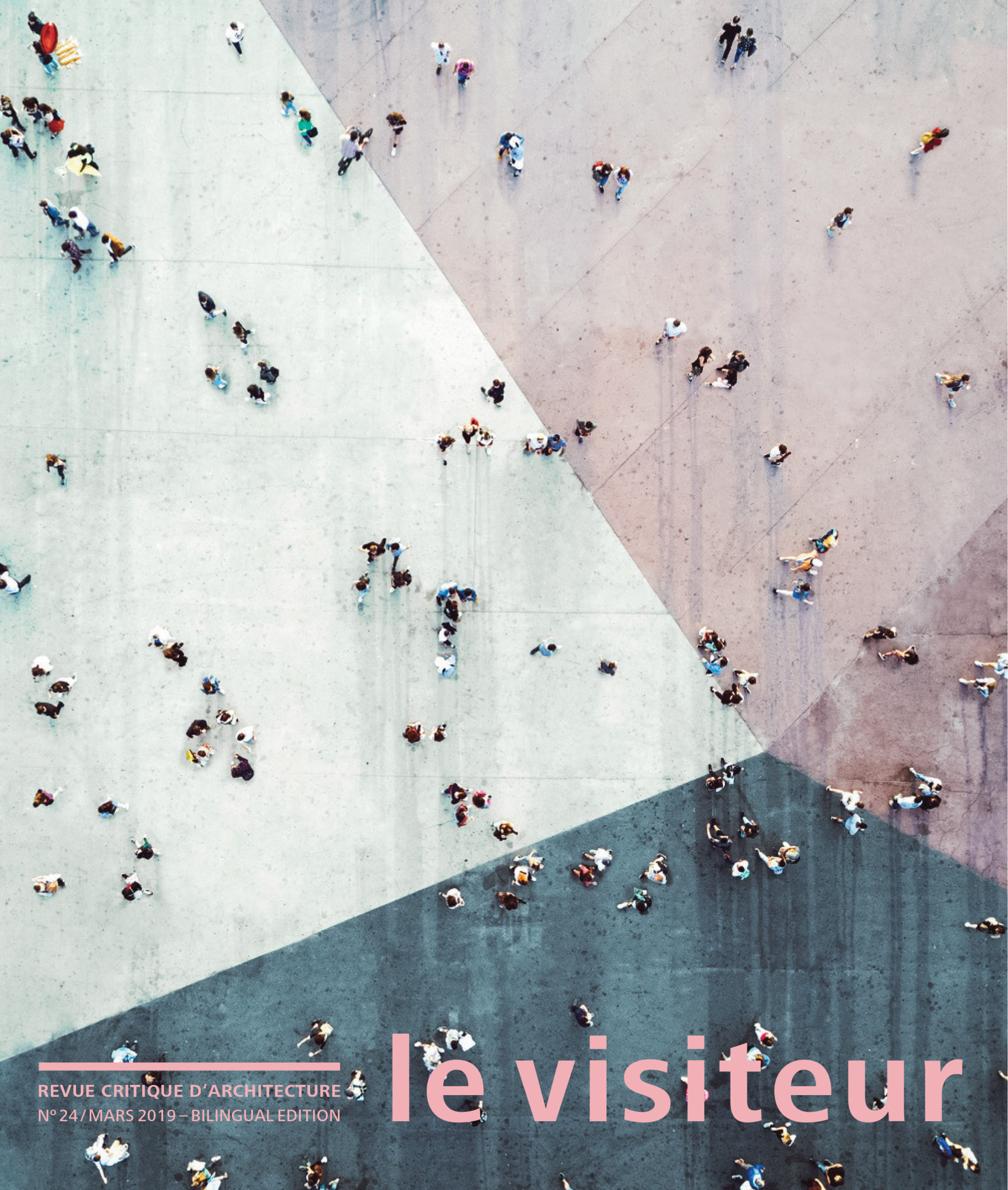

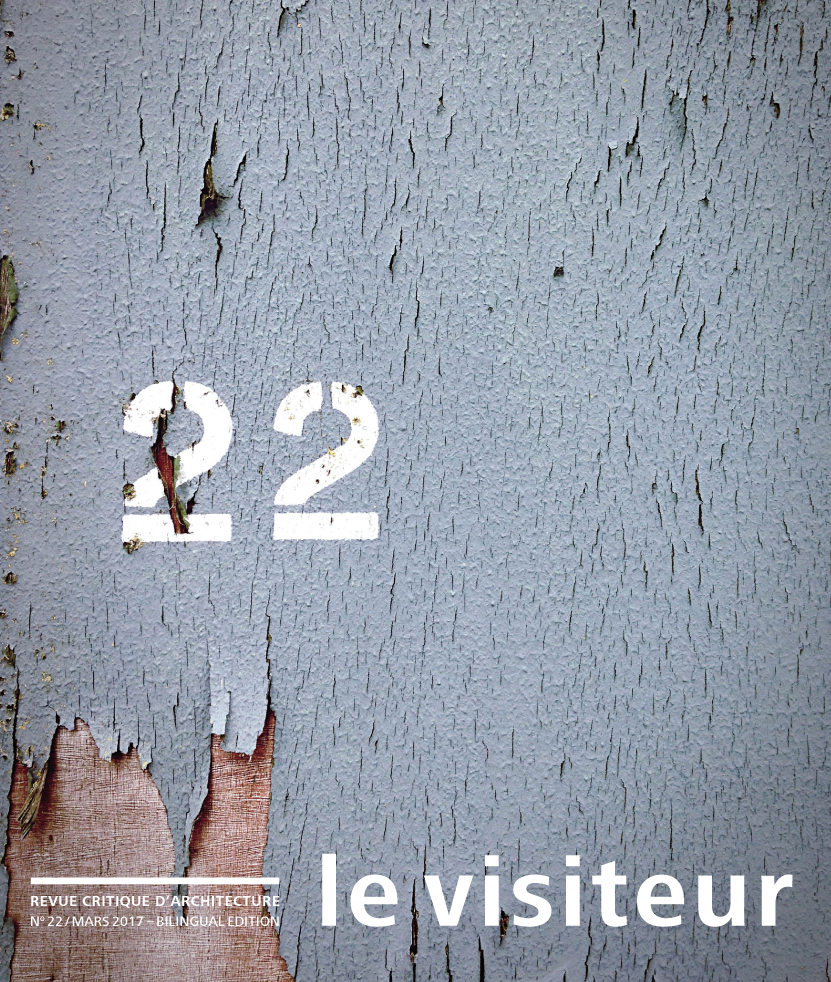

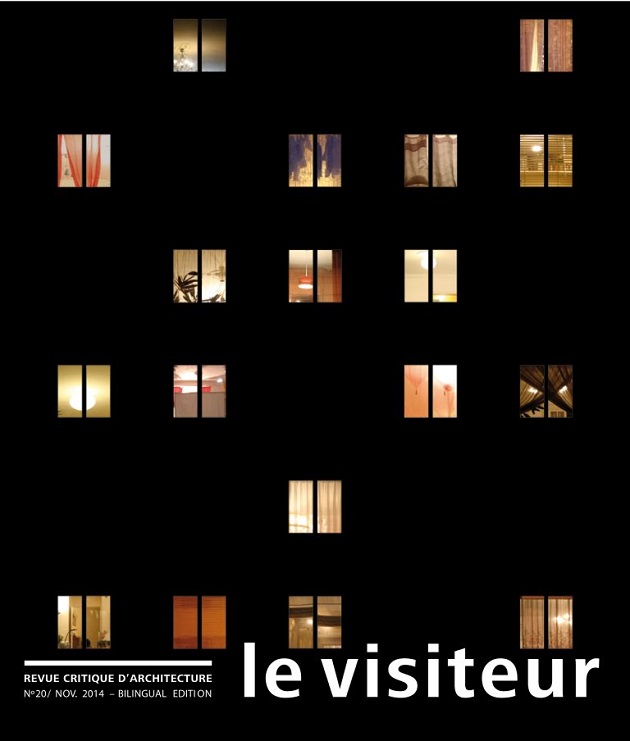


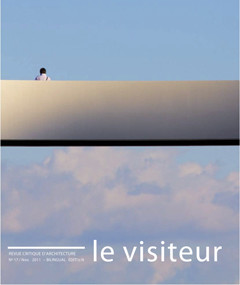
















Reviews
There are no reviews yet.